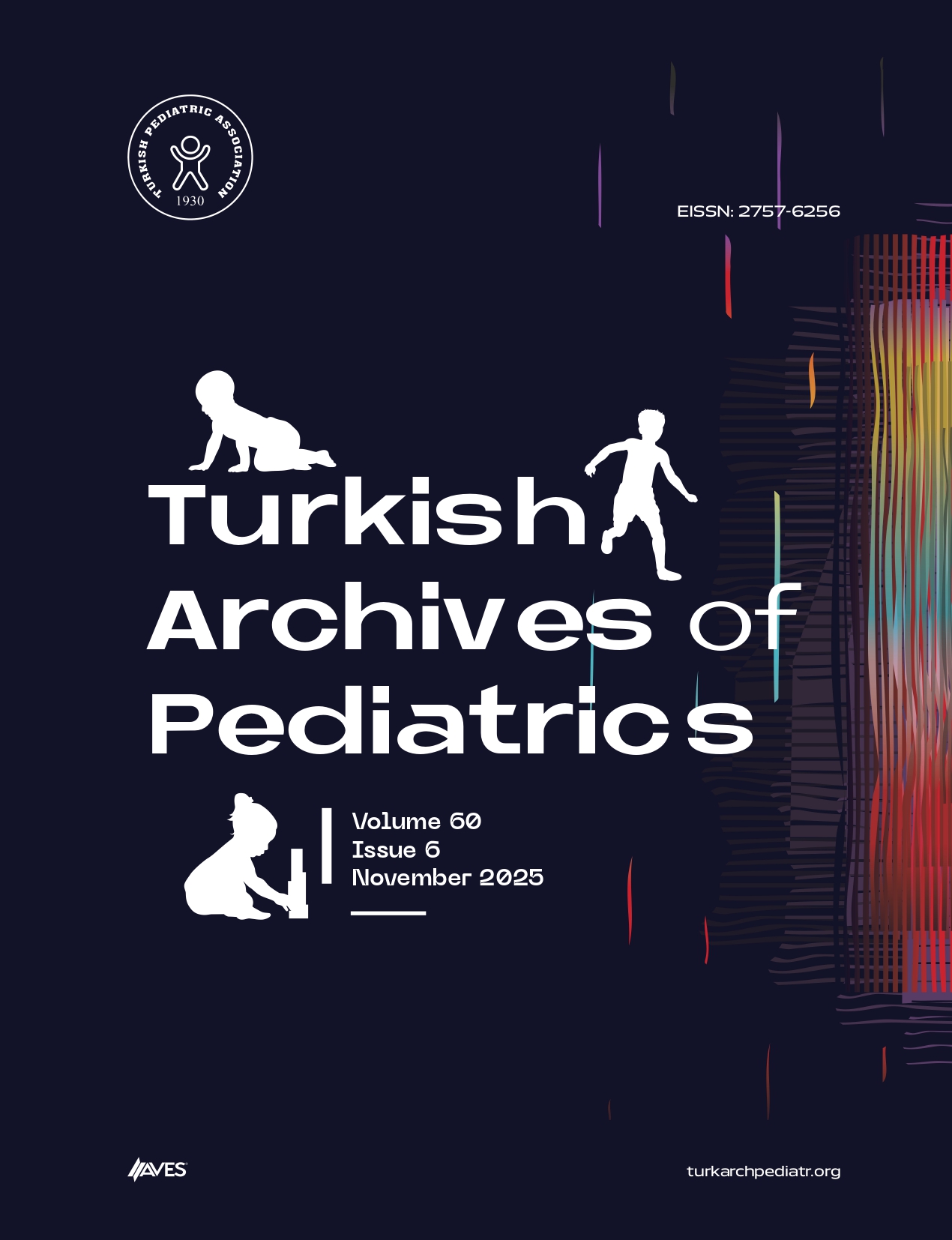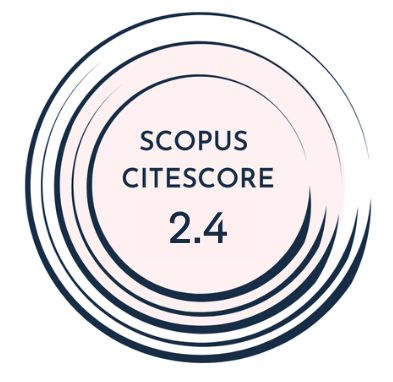Objective: Transcatheter secundum type atrial septal defect closure is an alternative to surgical closure in many cases when conditions are appropriate. In this study, the demographic data and follow-up results of patients with secundum atrial septal defect undergoing transcatheter closure were discussed.
Materials and Methods: Data of patients who underwent transcatheter closure of secundum atrial septal defect between 2004 and 2017 were investigated retrospectively. Gender, age at intervention, defect size, procedure duration, fluoroscopy time, periprocedural complications, residual shunt existence, and early and mid-term follow-up results were collected.
Results: A total of 179 patients [41% males; 10% adults, median age: 8.1 years (1.3-58.6); weight: 28 kg (11-90)] were admitted to catheterization for atrial septal defect closure and their median atrial septal defect size was 13 mm (6-30); 74 (41%) patients had a large atrial septal defect (≥12 mm). Suitable defects for closure were observed in 165 of 179 patients. The procedural success rate was 95.7%. No death was observed; however, minor complications occurred in 3 patients during the procedure (1.6%). The rate of residual shunt after 1 year was 1.3%, and all shunts were mild. After a median follow-up of 2.8 years (range, 6 months to 13.6 years), delayed major complications such as death, cardiac erosion, and infective endocarditis were not experienced. The delayed minor complication was supraventricular extrasystole in 1 patient.
Conclusion: Transcatheter atrial septal defect closure is safe in children and adults with a minimal rate of periprocedural and delayed complications. It has a favorable early and mid-term outcome in our study, especially with no death or major complications.
Cite this article as: Kılınç B, Güler Eroğlu A, Levent Saltık İ. Early and mid-term follow-up results after transcatheter closure of secundum atrial septal defect. Turk Arch Pediatr. 2022;57(6):661-667.



.png)

